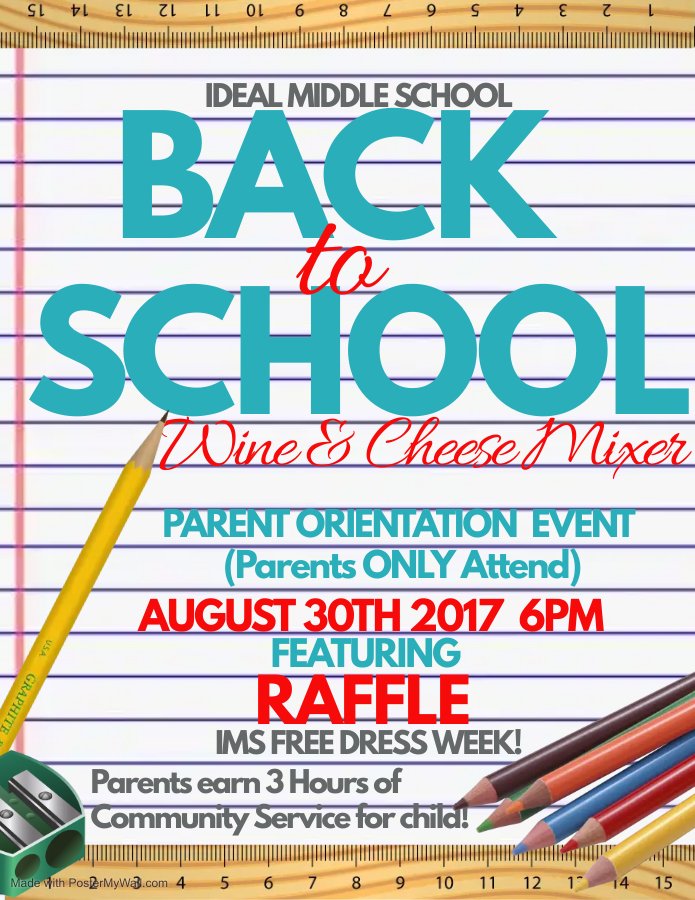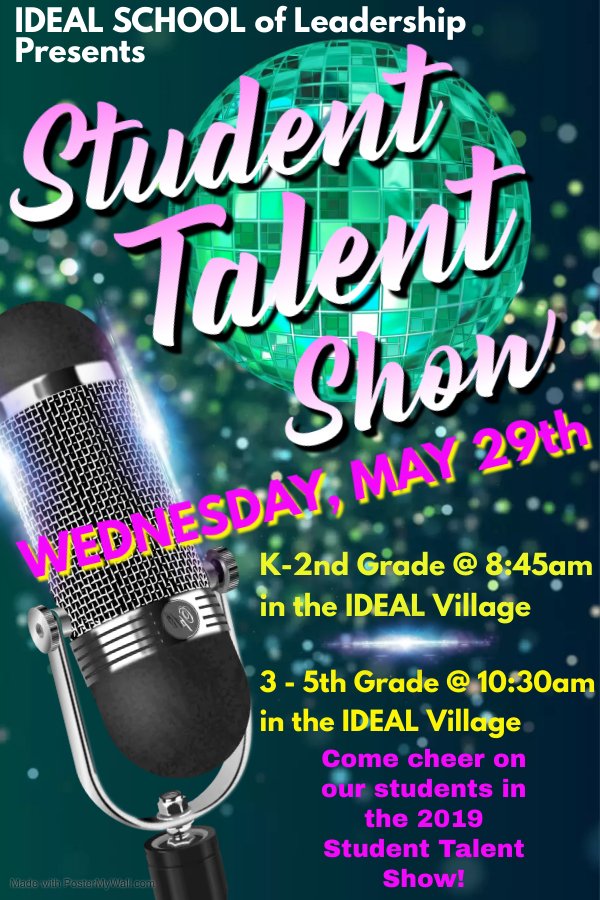Unlocking Potential: Integrating Multiple Intelligences Theory into PS-8th Grade Curricula for High-Level Academic Success
by Elizabeth R. Straight
In today's diverse classrooms, one size rarely fits all when it comes to learning. Howard Gardner's Multiple Intelligences (MI) Theory, introduced in 1983, posits that intelligence isn't a single, measurable trait but a spectrum of eight (and potentially more) abilities, including linguistic, logical-mathematical, spatial, musical, bodily-kinesthetic, interpersonal, intrapersonal, and naturalistic. (I’m an interpersonal, musical, and spatial learner by the way). And by weaving MI into preschool through 8th-grade curricula while maintaining rigorous academic standards, educators can foster deeper engagement, boost achievement, and prepare students for multifaceted success all while engaging them in fun, interactive learning experiences.
Research shows that an MI-integrated approach enhances student performance by aligning teaching with individual strengths and weaknesses. For instance, a study on teaching with multiple intelligences found it positively impacts academic progress because students feel more connected to material presented in ways that resonate with their dominant intelligences. In early childhood settings, this might mean incorporating musical activities for phonological awareness in preschool or kinesthetic games for math concepts in elementary grades, all while upholding high academic expectations like state standards for literacy and numeracy.
One key benefit is increased motivation and confidence. When children see their unique talents valued, such as a spatially intelligent student designing visual models for science projects, they develop a growth mindset. Ding ding! This unlocking of a growth mindset is part of a strong foundation positive executive functioning into adulthood. A case study exploring MI in classrooms revealed that combining learning styles with dominant intelligences improves processes, leading to higher motivation and deeper understanding. This is particularly vital in PS-8th grade, where foundational skills are built. MI helps mitigate frustration for students who struggle in traditional verbal-logical formats, reducing dropout risks and enhancing retention.
Moreover, MI promotes holistic development. Resist your urge to chant OM after reading that sentence, and open your eyes to the 6.8 trillion-dollar wellness industry. Wellness and mindfulness are vital in today’s social, personal, and professional spheres. In high-level academics, a holistic approach encourages critical thinking across disciplines. For example, an 8th-grade history unit could include interpersonal group debates, naturalistic field observations, and logical data analysis, ensuring rigorous content delivery while addressing varied intelligences. Evidence from early childhood curricula indicates that well-rounded MI programs benefit cognitive, social, and emotional growth, creating safe spaces for exploration. This alignment with cognitive science also supports better scientific views of abilities, moving beyond outdated IQ metrics.
Schools implementing MI also report tangible gains including improved test scores, better behavior, and lifelong learning habits. As an educator who worked in a cutting edge multiple intelligence and mindfulness based school in Palm Beach County, Florida for eight years, I have first hand awareness of the crucial role MI plays in children's initial life-learning phase by helping them embrace diversity in abilities. For educators committed to equity, incorporating MI into PS-8th curricula isn't just innovative, it's essential for unlocking every child's potential in a high-academic environment because our very future depends on it.
Cultivating Calm: The Benefits of Embedding Mindfulness into PS-8th Grade School Culture
by Elizabeth R. Straight
In the bustling, germ and hormone filled world of preschool through 8th-grade education, where young minds navigate academic pressures and social dynamics, mindfulness offers a quiet revolution. Defined as the practice of present-moment awareness, mindfulness, when woven into school culture through daily routines, teacher training, and curriculum integration, yields profound benefits for students' emotional, cognitive, and social well-being. I have seen this benefit first hand as a seasoned educator and I am a firm believer in the effectiveness of mindfulness as a foundational tool.
A systematic review of mindfulness-based interventions in schools highlights improvements in attention and reduced impulsivity across various studies. For PS-8th graders, this translates to better focus during lessons which is essential for foundational learning. Techniques like short breathing exercises or mindful listening can be embedded school-wide, and when they are, it creates a culture where calm and the ability for students to independently achieve it, is the norm rather than the exception.
Emotional regulation tops the list of benefits from implementing mindfulness in school-wide culture. Mindfulness equips children to manage stress and anxiety by fostering self-awareness. Research from preschool settings shows that such practices support self-regulation, enhancing teaching and learning while impacting overall well-being. In elementary schools, this might involve morning mindfulness circles that teach kids to identify emotions, reducing behavioral issues and building resilience. Children in the elementary grades also benefit from sharing with their classmates and teachers in a mindful way, empowering them to recognized and empathize with each person’s individual experience. Studies confirm lower stress levels and improved mindset for learning, including heightened attention and social-emotional skills.
Academically, mindfulness boosts cognitive control and motivation, leading to better outcomes. When incorporated into school culture—via teacher-led sessions or integrated into subjects like art or PE—it strengthens underlying development areas like executive function. Positive psychological effects extend to teachers too, creating a supportive ecosystem. For instance, programs teaching body care and emotion management foster empathy and inclusivity.
Ultimately, embedding mindfulness cultivates a school culture of empathy and growth, preparing PS-8th graders for lifelong success. As one expert notes, it's linked to improved academic and social-emotional learning. In an era of rising youth anxiety, this approach isn't just beneficial—it's transformative.
Empowering Young Minds: How Project-Based Learning Transforms K-12 Education
by Elizabeth R. Straight
Project-Based Learning (PBL) flips the traditional classroom script, empowering K-12 students to tackle real-world challenges through hands-on projects. This is the simplest way to describe PBL. Implementing this approach to classroom instruction engages learners to investigate, collaborate, and create solutions. PBL fosters skills that extend far beyond textbooks, promoting autonomy, perseverance, and lifelong curiosity, and it’s difficult to find a downside to that.
At its core, PBL empowers students by given them ownership of their learning. Research emphasizes its role in building self-confidence and purpose as kids explore interests and connect authentically to content. For K-12 learners this means projects like designing sustainable gardens in elementary science or coding apps in high school tech classes encourages deep dives into topics.
Children have shortened attention spans due to increased social media and on-line based entertainment. PBL targets the attention span of children helping them find worth in their contribution to collaborative projects while engaging them in academic activities that can not only be measured tangibly, but also celebrated by their peers, parents and teachers. Key ways PBL empowers include developing real-world skills: communication, problem-solving, and critical thinking. It promotes perseverance through iterative processes, where failure becomes a stepping stone. In kindergarten, PBL applies emerging literacy and STEM in practical scenarios, enhancing engagement. Edutopia highlights how PBL inspires lifelong learning by providing access to research and experts via technology.
In a 6th-grade ELA class I taught, students embarked on a “Sustainable Cities of Tomorrow” project, researching eco-friendly urban solutions and writing persuasive essays to pitch their city designs to a mock city council. They read articles on sustainability, collaborated in teams to draft detailed plans, and created multimedia presentations, honing literacy skills while addressing real-world issues. This project sparked critical thinking and communication, as students revised their writing for clarity and presented their ideas with confidence.
Benefits from projects like this one extend to academic achievement and personal growth. PBL engages students deeply, leading to emotional investment in their academic performance, lasting knowledge, and a love for learning. It equips them for future success by addressing real challenges with mentors. As an innovative approach, PBL enhances outcomes while building essential life skills. It is the antithesis of teaching to the test and that is exactly what our students need. PBL isn't just a method, it's a catalyst for empowerment, turning passive learners into active innovators one collaborative project at a time.
It all begins with an idea. Maybe you want to launch a business. Maybe you want to turn a hobby into something more. Or maybe you have a creative project to share with the world. Whatever it is, the way you tell your story online can make all the difference. Don’t worry about sounding professional. Sound like you. There are over 1.5 billion websites out there, but your story is what’s going to separate this one from the rest. If you read the words back and don’t hear your own voice in your head, that’s a good sign you still have more work to do. Whether you're launching a new business, turning a hobby into something more, or sharing a creative project with the world, how you present your story online can make all the difference.
Copywriting
Copy Editing
Graphic Design
Social Media Marketing
Commissioned Poetry
Web Copy
Email Marketing
Business Writing
Resume Writing
Speeches
Business Cards
Brochures
Flyers
LinkedIn Banners
Presentations
Make it stand out
Big Brothers Big Sisters Columbia Northwest (Portand, OR)
Elizabeth Straight, Design and Copywriting
Year 11/2024











Speculative Copywriting Samples
Lumina Yoga Studio
Let the light in.
“This urban wellness sanctuary welcomes expert and beginner yogis to comfortably sample a variety of classes, workshops, and retreats in a beautiful, state-of-the-art space.”
GreenBite Cafe
Benefit your body.
“A plant-based cafe, offering the freshest farm-to-table menu and an eco-friendly ethos with sustainability at its core.”
Paws & Co. Pet Spa
Where bougie is a complement!.
“Give your fur baby the pampered pet lifestyle with our signature ‘Fango Fru Fru’ mud massage service, paired with high —glam grooming.”
Eclipse Boutique
Curated coture collections.
“A fashion-forward boutique offering curated collections from emerging designers.”






